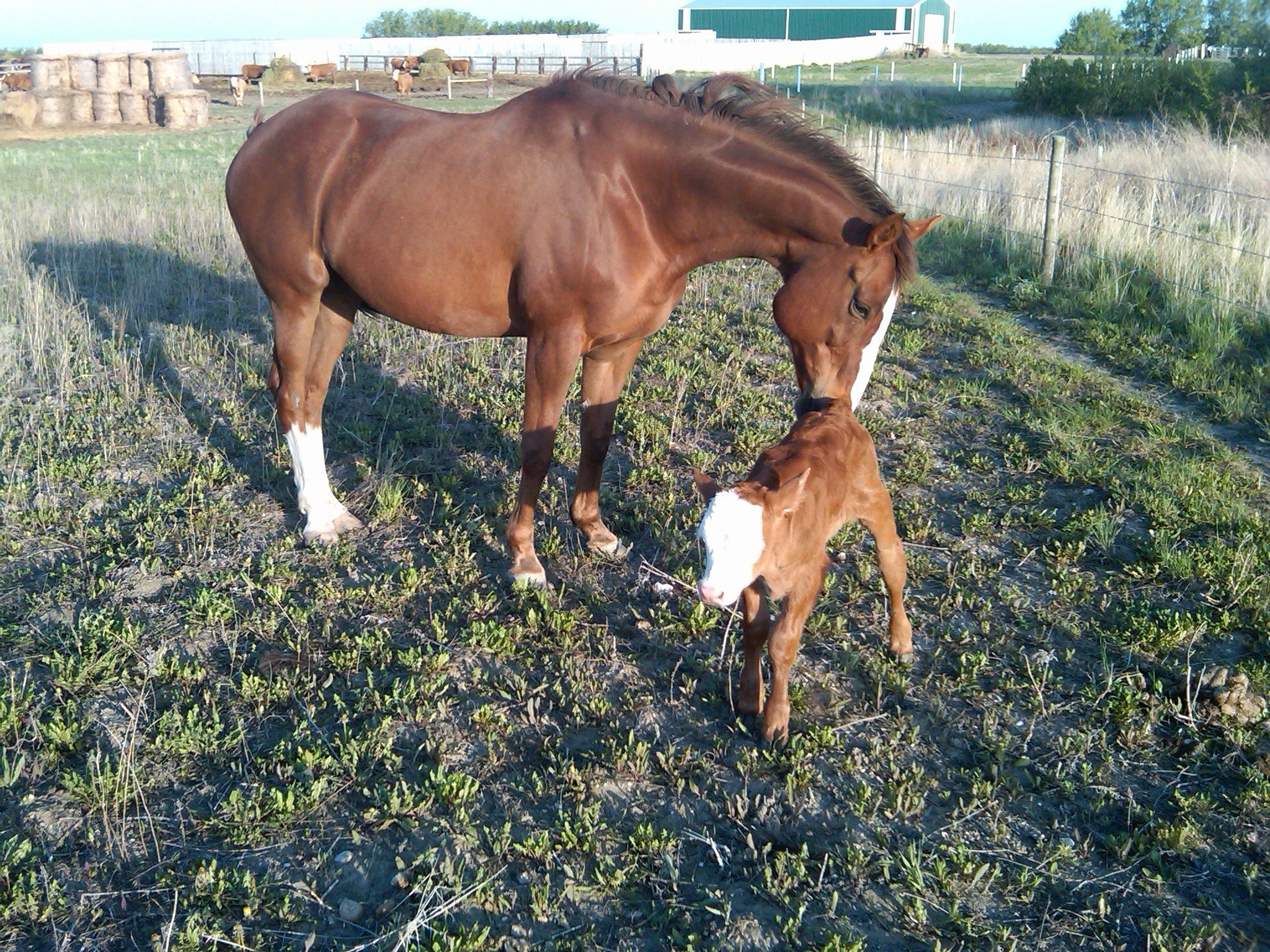A dog may be man’s best friend, but companion animals are no friends of agriculture.
An increasing number of people have elevated their pets, particularly dogs, to family status. In fact, pets in our society are often treated better than people.
Childhood obesity is a growing problem, but conscientious dog owners buy expensive food and carefully calibrate caloric intake so their pets don’t get fat. Long gone are the days when pets survived on table scraps. And dogs are taken for walks, while many kids are left to sit in front of a video screen.
Read Also

Farmer ownership cannot be seen as a guarantee for success
It’s a powerful movement when people band together to form co-ops and credit unions, but member ownership is no guarantee of success.
Humans have to wait for many medical procedures, but pet owners with money can get an MRI right away for Fido. And pets are being treated for all sorts of chronic diseases including cancer, even though there’s no petacare program to pay the bills.
People will pay huge medical bills rather than euthanizing a blind, arthritic dog that can’t control its bladder. They’ll also make tremendous lifestyle sacrifices. Grandma can be put in a care home, but not so with a dog that needs a huge amount of care and attention.
So why does any of this matter to agriculture? Because the line is starting to blur between companion animals and animals raised for food.
Yes, farmers care about their livestock, but they don’t become sentimental about every animal. They don’t elevate their stock to near-human status.
You can see this in the research and teaching at the University of Saskatchewan’s Western College of Veterinary Medicine.
Valuable race horses and horses with great sentimental value receive expensive procedures. There’s cutting edge research on how to make dogs live healthier, happier lives.
For food animals, the emphasis is different. Unless it’s particularly valuable breeding stock, why would you pay hundreds of dollars for a medical procedure on a cow or a hog?
Instead, the emphasis is on herd health. Any vet bill for a food animal has to make economic sense.
There’s little doubt as to which area of study is growing.
Incredibly, the U of S’s agriculture college is launching a degree in animal bioscience, designed to attract students interested in domestic animals.
“Students enrolled in the new animal bioscience degree will have more opportunity to study companion animals, animal behaviour, animal and environmental interactions, nutrition, genetics, physiology, toxicology and animal health with much less focus on food-animal production offered under the existing program,” said Andrew Van Kessel, head of the animal and poultry science department.
Pets are a big industry and university programs might as well gear up for it. But we shouldn’t be surprised when more people are squeamish about eating meat. And we shouldn’t be surprised as the requirements for animal care and handling continue to ratchet higher.
Some affluent urbanites want to buy their meat from farms where the animals had names. If the animal was “loved,” it will taste better and be more nutritious. Others believe animals have rights equal to those of people and that we shouldn’t be using animals for any purpose.
Special interest groups put pressure on the food and restaurant companies who in turn change the rules for how animals must be raised.
While there seems to be increasing demand for meat in developing nations, that’s not the case in Canada and the United States.
There are many reasons for this, but when you love your dog as much as your children, the whole idea of using animals for food can take on a different complexion.














